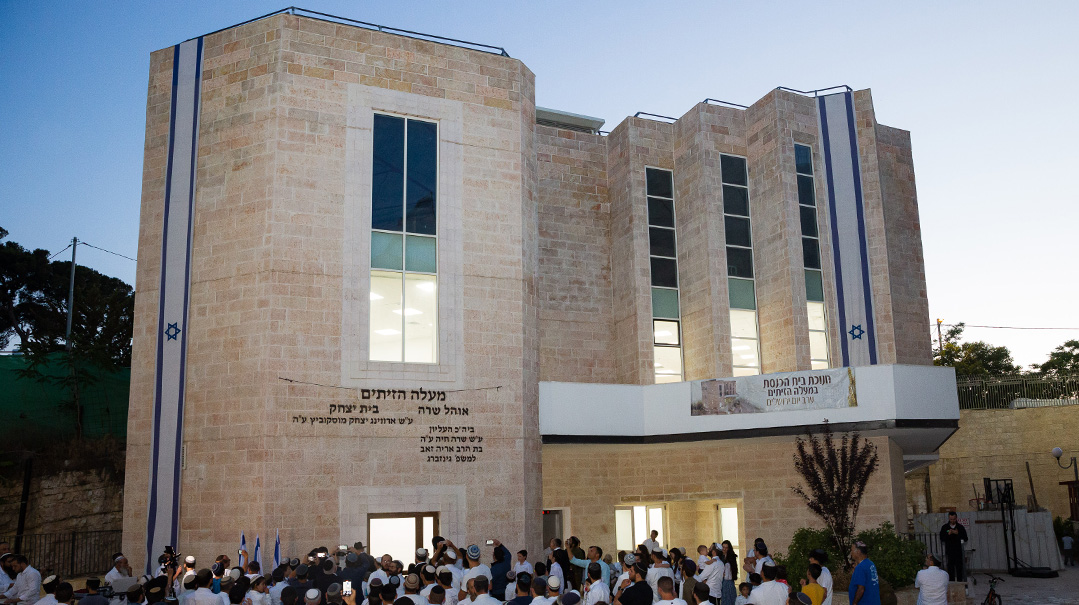A Sanctuary for Sarala

Rabbi Chaim Aryeh Zev Ginzberg brings a chorus of amens to his daughter’s resting place

An Odyssey Begins
Against the dazzling whiteness of Har Hazeisim, the black-hatted, dark-suited visitor stood out, a figure of mourning on a hillside of graves.
It was the third day in a row that Rabbi Chaim Aryeh Zev Ginzberg and his wife Avigail had come to stand by the fresh kever of Sarala, the 17-year-old daughter they’d lost.
As they quietly said Tehillim, the couple became aware that they’d been noticed.
Heading toward them was a figure they didn’t recognize. Nervously, they thought of the hostile residents of the surrounding Ras El-Amud neighborhood.
It was with relief that Rabbi Ginzberg finally saw that the approaching man was armed and wore a yarmulke.
“Shalom aleichem,” came the American accent of Josh Wander. “You’ve been coming for a few days now — can I do anything to help?”
Like the black-against-white visual that triggered it, that encounter stands out in sharp relief as the beginning of an odyssey for both the Ginzbergs and the unusual community they adopted.
Five years and millions of dollars of fundraising later, Maaleh Hazeitim, a community of 120 families that live amid heavy security on Har Hazeisim, has an imposing shul and community center.

For the community, whose existence is part of the grinding battle to give Jews a toehold in the holiest and most strategic parts of the city, the completion of “Ohel Sarah V’Yitzchak” is a high point in their long struggle to return to Har Hazeisim.
That their shul was made possible by a chareidi rav from the Five Towns with no previous connection to the settlement movement is just another remarkable part of their story, now in its third decade.
For the Ginzbergs, the shul is the realization of a dream to give their daughter a legacy, a monumental act of love for a treasured child. In the process, the experience of accepting a financial burden well outside his comfort zone has taught Rabbi Ginzberg a lesson about spiritual goals.
“When you commit to something that is way beyond your capabilities,” he says, “HaKadosh Baruch Hu will turn the world upside down to see it fulfilled.”
Oops! We could not locate your form.







